I have task that I need to make adapter board which transforms gigabit ethernet connector RJ45 to another connector (not RJ45). I also have power connector to carry power one side to other.
I need to route 100ohm differential pair without GNd I can't find any PCB calculator for parallel routing on one layer. I found this article though.
And there is calculator in Saturn PCb that calculates differential pair which I think what I need. It shows that pairs must be adjecent layers between PCB.
What is the best practice here ?
